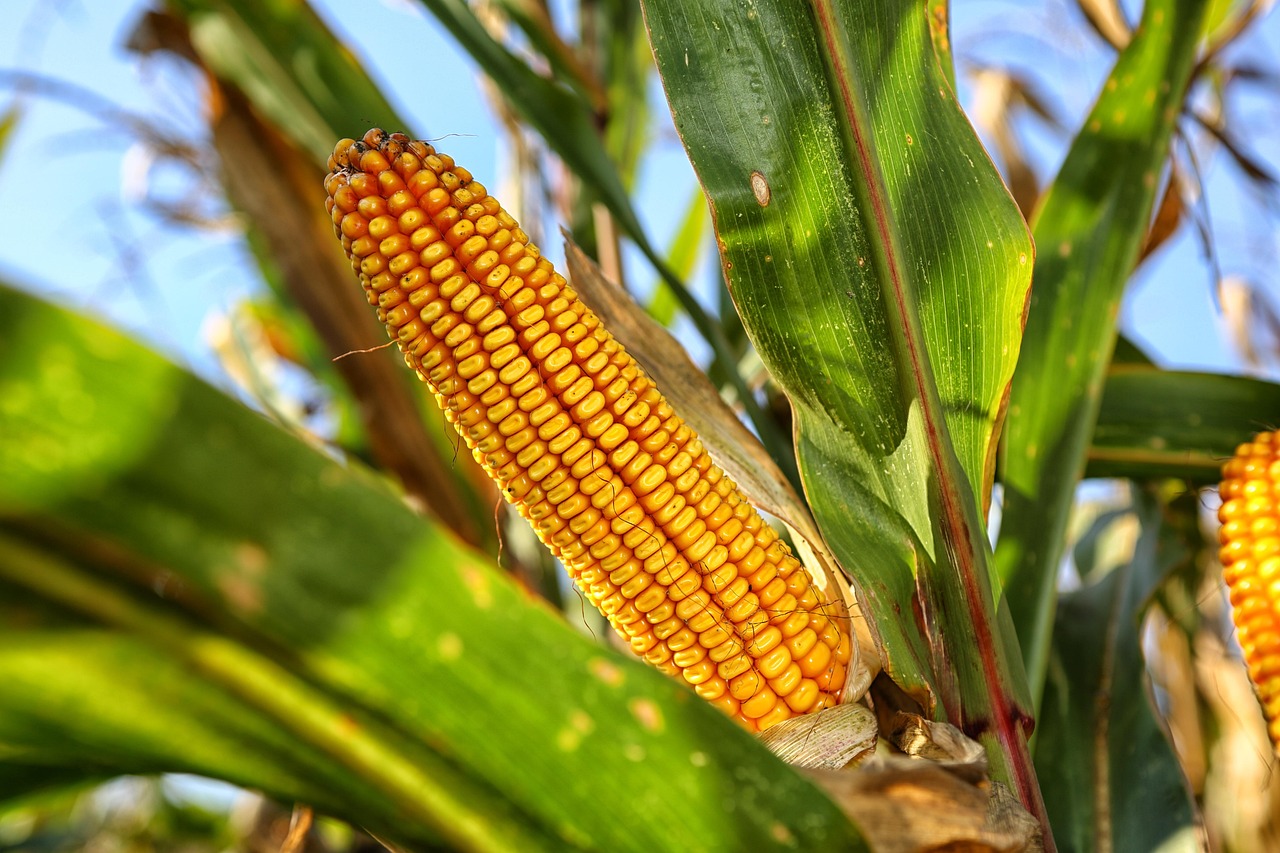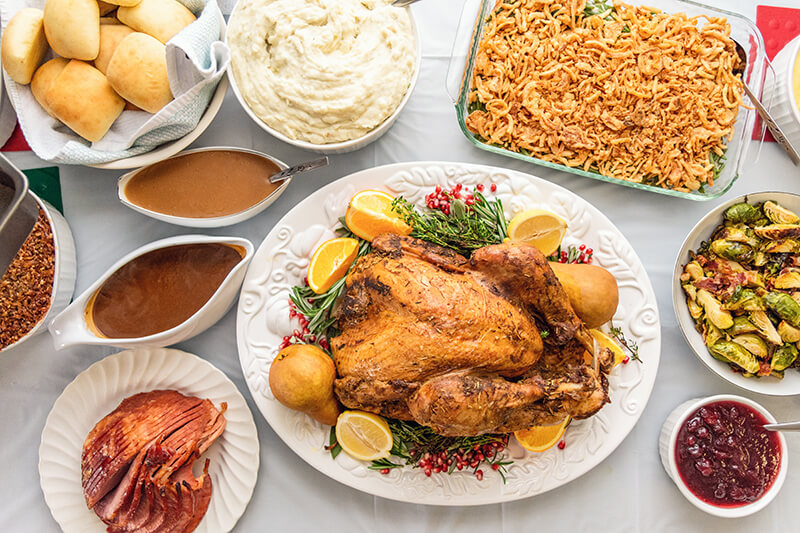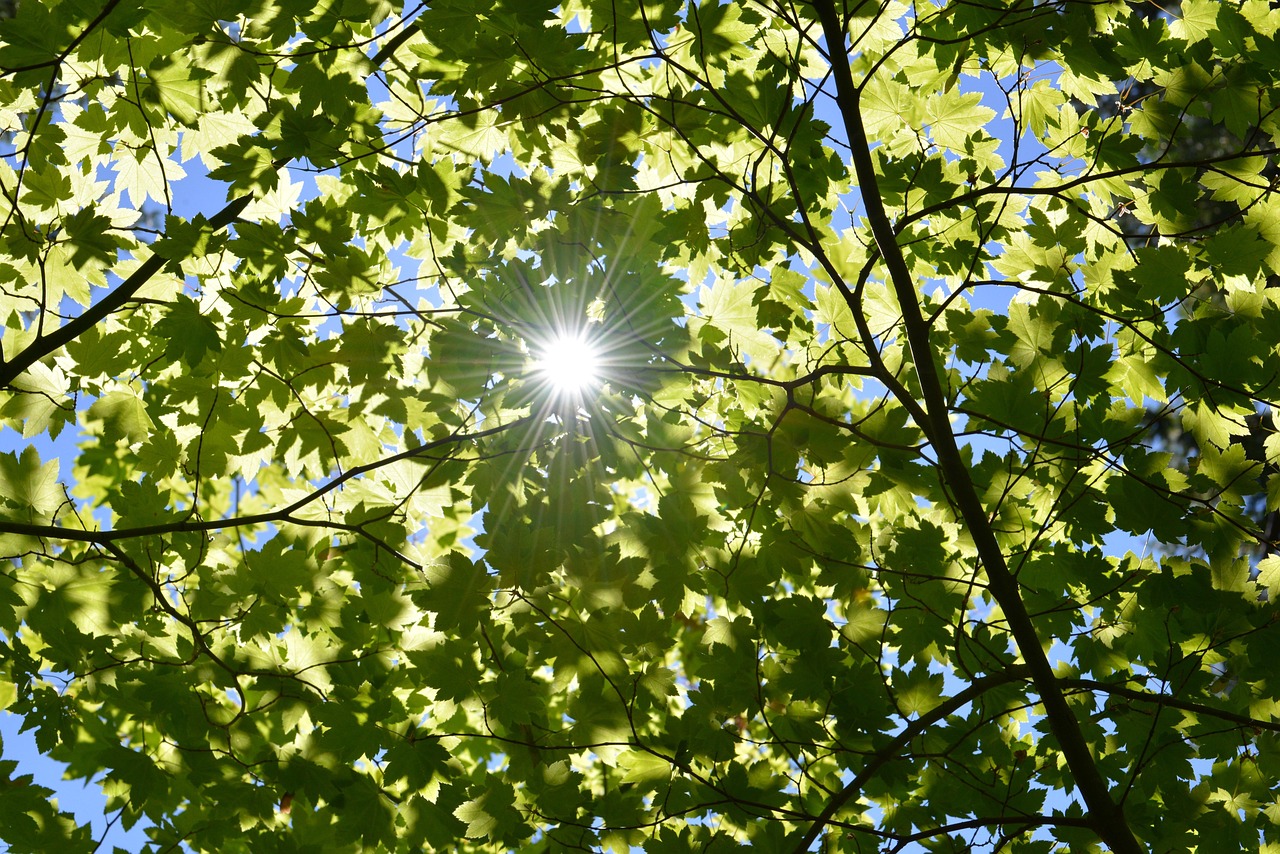Fermentation of Honey
This lesson explains the processes of cellular respiration and fermentation and how it applies to the production and processing of honey.
This lesson explains the processes of cellular respiration and fermentation and how it applies to the production and processing of honey.

Students determine corn anatomy and function of plant parts, identify stages of plant development in corn, and research how temperature plays a role in corn growth as they calculate growing degree units (GDUs) for a region.
Students read How to Grow a Monster, describe the needs of a zucchini plant, identify the structure and function of zucchini plant parts, grow classroom zucchini plants, and experiment with different environments and growing conditions.
Students investigate how and where sorghum is grown and discover its health benefits.
Students identify the differences between beef and dairy cattle and determine the commodities produced by each type of cattle.
Students read Right This Very Minute—a table-to-farm book about food production and farming—and diagram the path of production for a processed product, study a map to discover where different commodities are grown, and write a thank-you letter to farmers in their local community.
Students explore pecan production from farm to fork, simulate the process of grafting, and create a nutritious snack.
Students explore the journey of milk from cow to ice cream, make ice cream in a bag, and discover how food engineers have developed many different processes for making ice cream.
Students explore the importance of protein to a healthy diet and discover that eggs are a nutritious food and a good source of protein.

Identify common Thanksgiving foods and their farm source, determine if those foods can be produced locally, and locate the common origins of their Thanksgiving day dinner.

Explore photosynthesis to discover how plants obtain energy from the sun and then continue following energy's path to see how energy can flow through ecosystems to ultimately provide food for humans.
Students observe how a seed sprouts and investigate the conditions necessary for germination to occur.